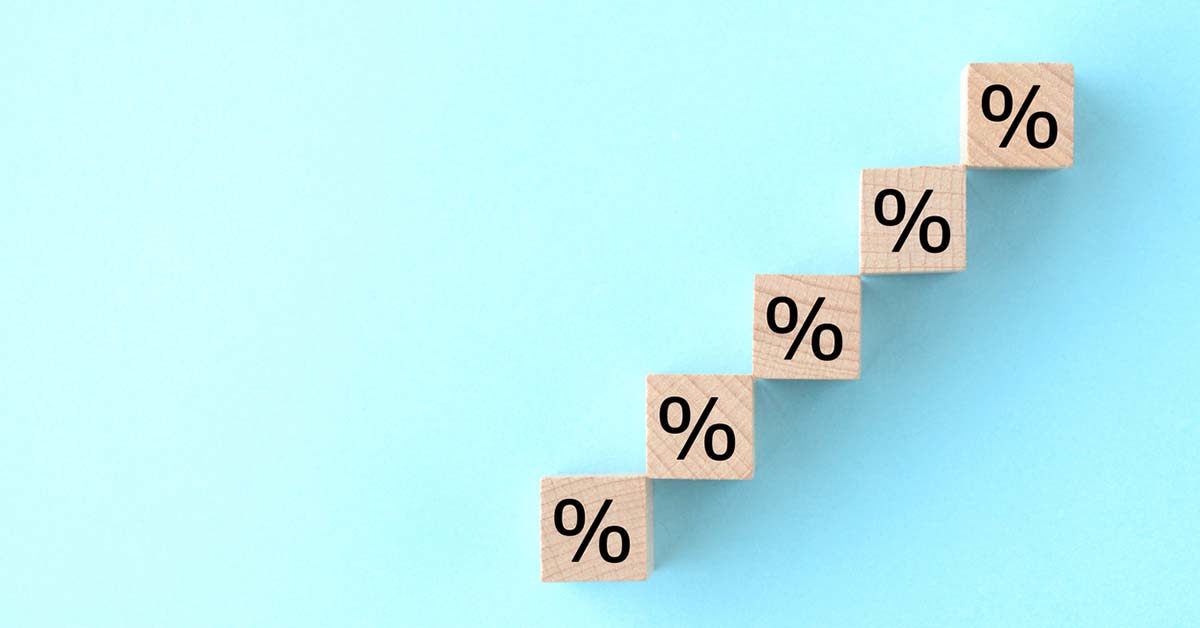
The effective interest rate (EIR) is what you might call the practical rate or the rate that you'll pay on borrowed money. A bank or auto loan lender might quote different types of interest rates. But only the effective interest rate really matters to your wallet and helps you make an informed decision about purchases (when purchasing with a loan). It also provides an easy method for comparing different loan rates.
In this article, we’ll take a closer look at what EIR is, how it is calculated, and why it is important.
Understanding Effective Interest Rate
Let's go over some of the interest rates you might see on a personal or auto loan. First, you've likely heard of APY. This is used on deposit accounts such as CDs and savings accounts. So, we'll exclude it from our list since effective interest rate deals with interest on loans.
The nominal or stated interest rate is the percentage the lender or borrower agrees to charge for borrowing or lending money. For example, if you borrow $1,000 at a nominal interest rate of 5%, you must pay $50 in interest each year. However, this calculation only tells you part of the story.
The effective interest rate is used to calculate the true cost of borrowing (using a loan or a credit card). It considers the interest rate, the compounding frequency, and any fees associated with the loan or credit card. The effective interest rate is calculated using a formula that allows borrowers to compare different loan offers with different interest rates, fees, and compounding frequencies.
Calculating Effective Interest Rate
Calculating the effective interest rate can be complex, especially if fees or charges are involved. Depending on the specific context, several formulas can be used to calculate EIR.
One common formula for calculating the effective interest rate on a loan is:
EIR = (1 + r/n)^n - 1
Where:
r = the nominal interest rate
n = the number of compounding periods per year
For example, you have a loan with a nominal interest rate of 6% that is compounded monthly (n = 12). The effective interest rate would be:
EIR = (1 + 0.06/12)^12 - 1 = 0.0617, or 6.17%
Why Effective Interest Rate Is Important
The effective interest rate is the borrower’s true cost since it factors in fees and compounding interest. It also provides a way to compare different rates across different loans.
For example, suppose you're comparing two loans with different interest rates and compounding frequencies. In that case, you might find that the loan with the lower interest rate actually has a higher effective interest rate because it's compounded more frequently or has higher fees.
Using the effective interest rate gives borrowers a better idea of cash outflow to service a loan. Other interest rates may not make this so clean.
This material is for general information and educational purposes only. Information is based on data gathered from what we believe are reliable sources. It is not guaranteed as to accuracy, does not purport to be complete and is not intended to be used as a primary basis for investment decisions. It should also not be construed as advice meeting the particular investment needs of any investor.
Hypothetical examples shown are for illustrative purposes only.



